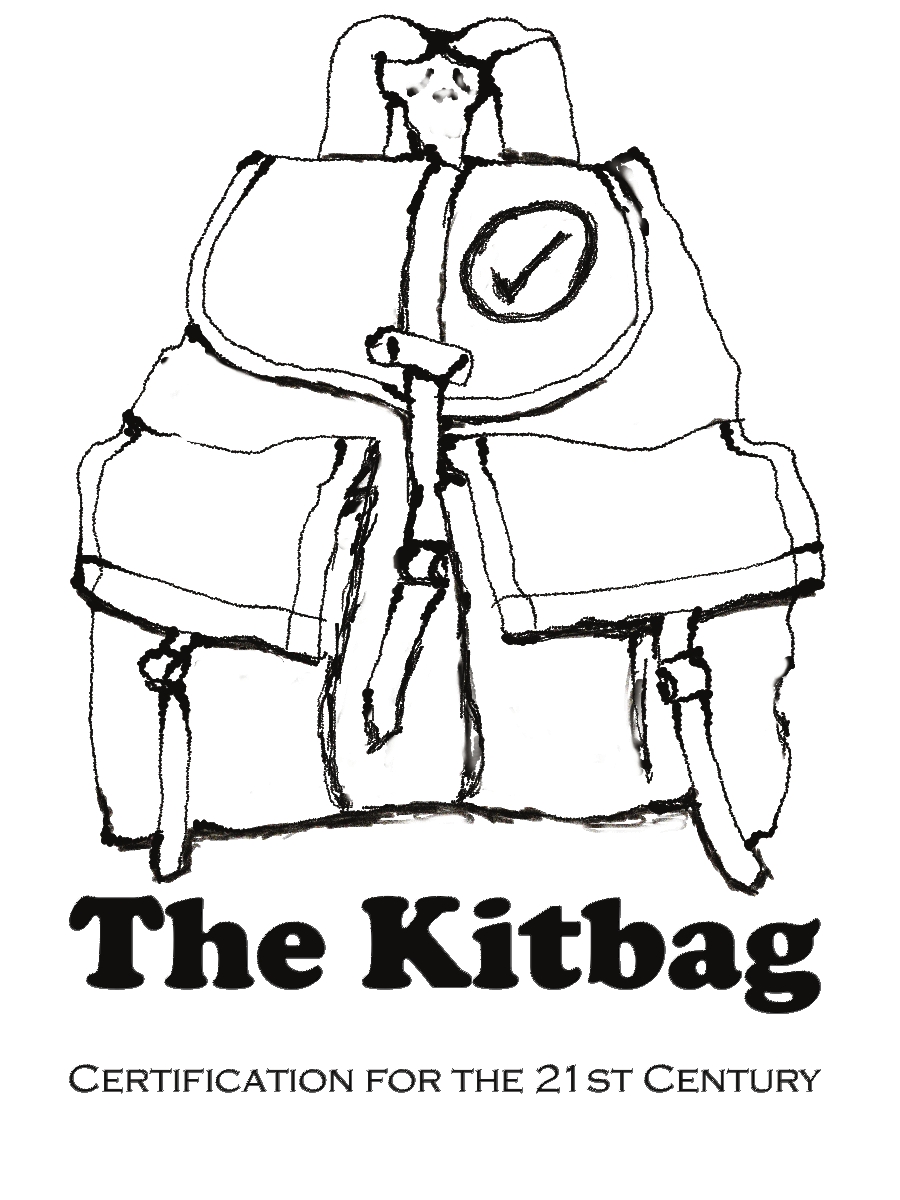Core to any standard system is the need to build a consensus, that is to reach agreements that can be supported by all your key stakeholders.
This sentence is self-evident...and impossible at the same time.
It is self-evident because agreements that have the support of all your key groups of stakeholders are the most durable and form a solid foundation for your system. It is impossible because getting that agreement on everything from everyone is, well, impossible.
Multiparty negotiation is one of the most challenging elements of building a consensus standard. It is necessary to get agreement between a wide range of interests, many of which are contradictory. (For more on what a consensus means see my earlier post: Who Can Write a Standard?)
In my experience multiparty negotiations follow a consistent pattern:
- Very quickly, the group can reach an agreement on close to 90% of the issues. This is the case because, despite our differences we all agree on wide common base (I know this does not feel like the case but it is really true!).
- Getting agreement on the next 7% of the issues will take a lot of work, trust building and creative thinking but it can be done.
- The last 3% is the killer. These are the issues where the most fundamental disagreements reside.
As I state in the title, agreements are built. The popular myths are either that the agreement is a compromise, that is all sides must ‘lose’ something or one side just gets its way at the expense of all the others. While these happen sometimes, the best agreements are built from innovative approaches to old problems. This is important because agreements we can actively support are more durable than those we can just accept.
Back in the early days of FSC, the original Principles and Criteria had a text of principle 9 – it dealt with the issues of ‘old growth forest’ and the parties could not agree to a text. After many tries to get an agreement a proposal was made to create a committee of representatives from the three FSC chambers who would be charged to develop an agreed text for principle 9 (these included environmental, social and economic representatives from both the developed and developing countries).
To create the group, each of the chambers elected their developed and developing world representatives. To incentivise the group to reach a decsion, the FSC board which approved the process was clear, if this group did not solve the problem, the board would. This last point helped because very few folks liked any proposal that the board had produced to date.
When convened, the group started off with the all the expected concerns raised, the foresters from the economic chamber talked about ‘over-mature trees’, the environmentalist talks about the value of ‘old growth forests’, and the social chamber representatives talked about the need for sustainable employment and preservation of cultural sites in forest landscapes.
About halfway through the time we had together, a new idea emerged. It was proposed that we talk about ‘high conservation values’. That is, the concerns of each group could be mixed up in different ways. The question ceased to be “Is this an old growth forest?” and became “What are the high conservation values for this forest?”
Because of this change in approach a text of principle 9 was proposed that required protection of high conservation values. The text was clear that high conservation values could be found in just about any forest, from plantations to virgin forests and everything in between.
For FSC, the issue of principle 9 was the killer 3%. It took years to build an agreement, but it happened because a new idea was brought into the room, it was explored, and an agreement was built. The solution worked better for everyone’s concerns than any other. When the meeting ended, no one left feeling like they had lost.
A creative solution that allows the parties to think about an issue in a different manner is often the route to building agreements.
